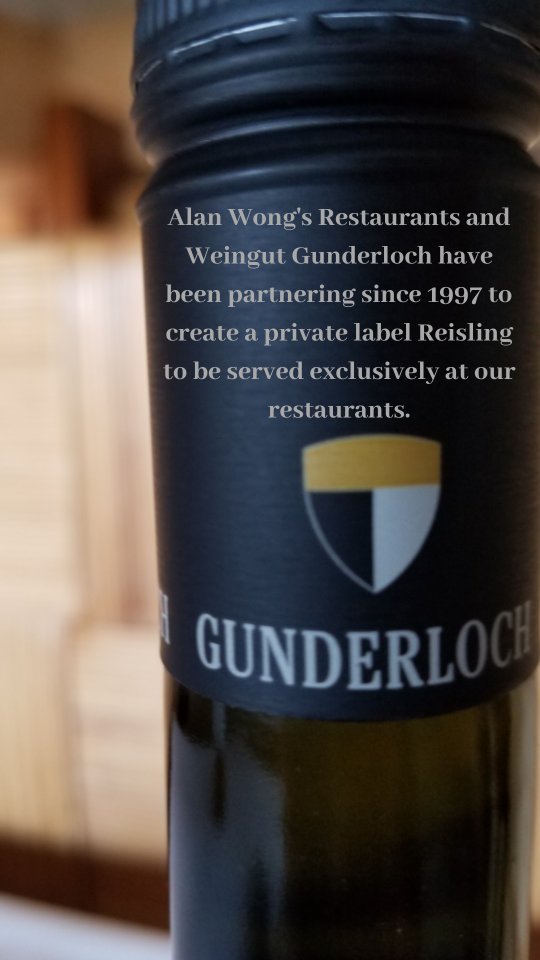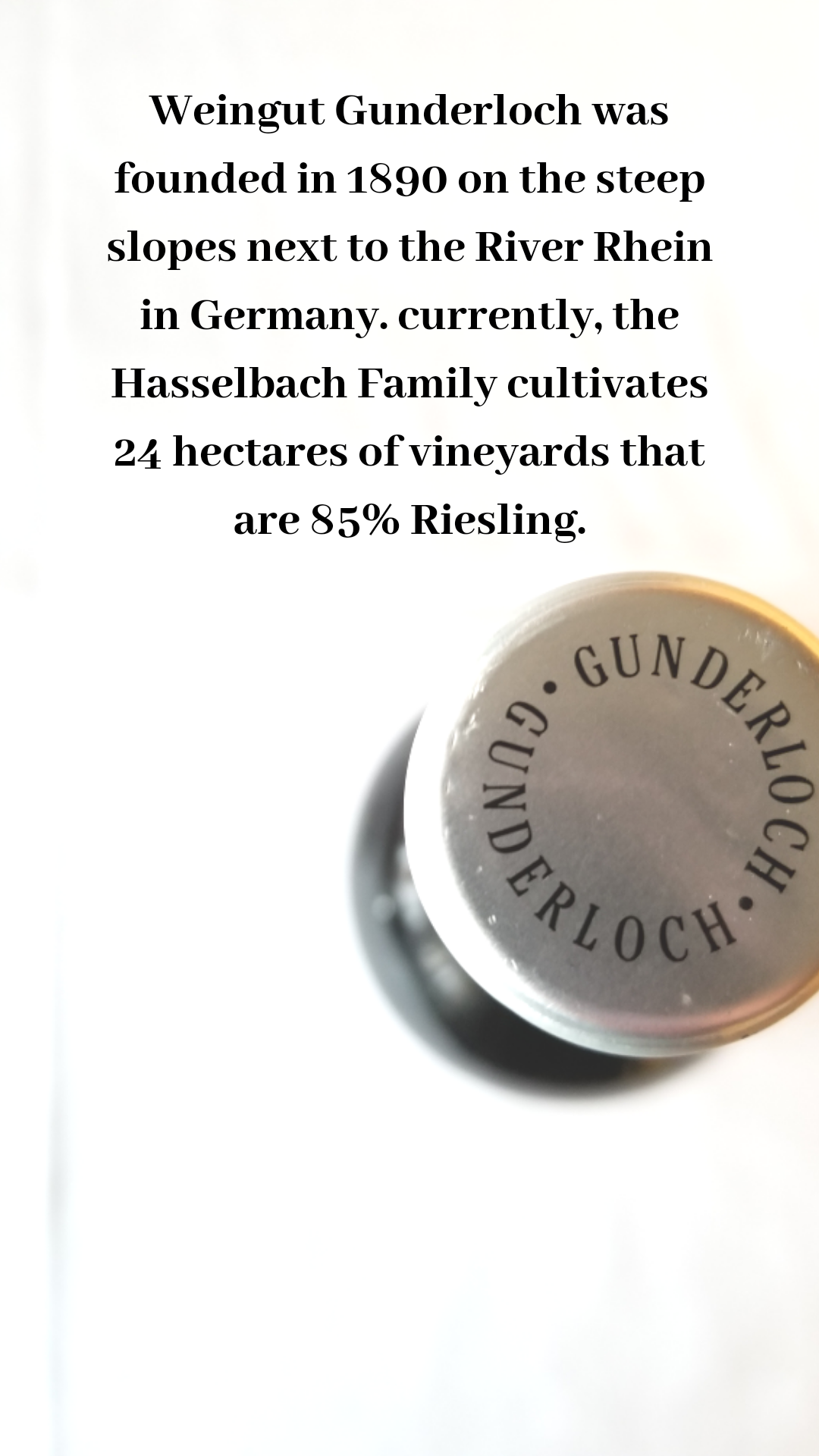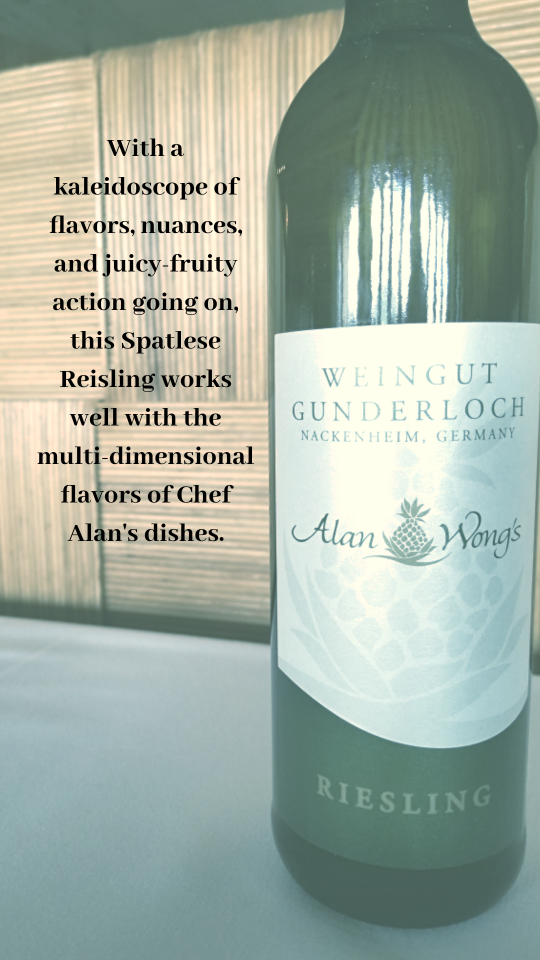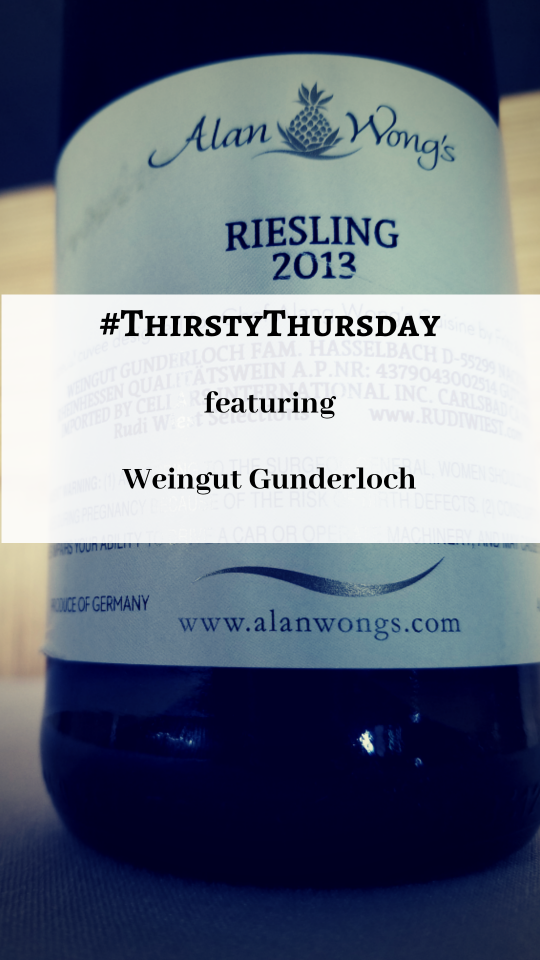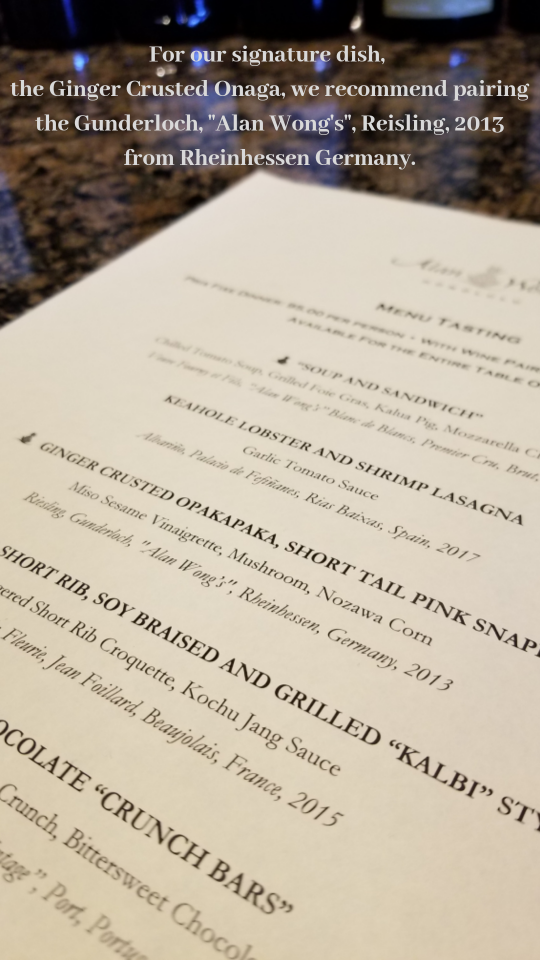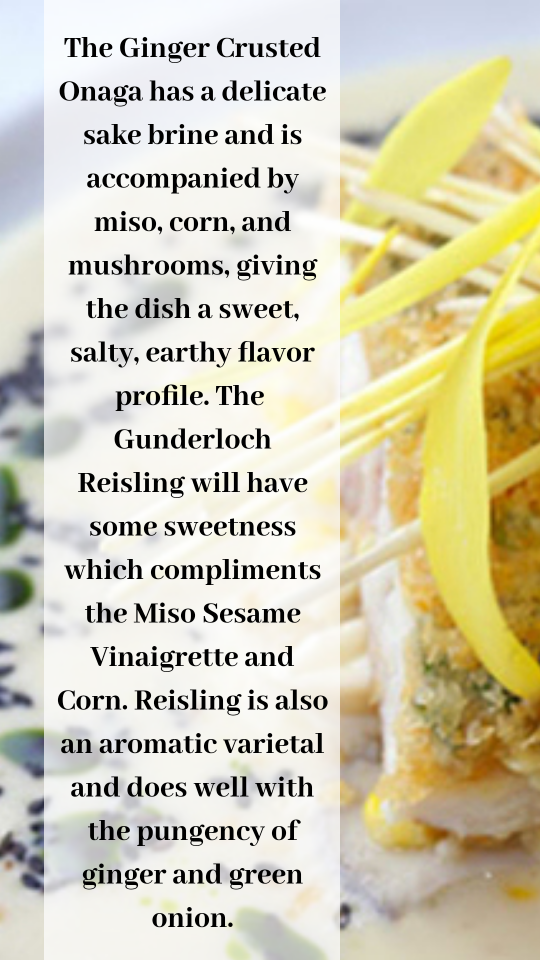Weingut Gunderloch
Founded in 1890 by the Banker Carl Gunderloch. Since then it has been the passion of the family to focus on the Riesling variety which finds perfect conditions in the vineyards. The 250-million-year-old “Red slate” soil from Permian times and the special microclimatic setting on the steep slopes next to the River Rhein build the base for the creation of unique wines. At the moment the Hasselbach Family cultivates 24 hectares of vineyards which are planted with 85% Riesling. With a cautious pruning they aim for very low yields around 50 hl/ha. The goal is to find the perfect balance of aromatics, a fruity acidity and the typical minerality showcasing the slaty soils.
Johannes Hasselbach, Winemaker
After his studies in economy, Johannes Hasselbach’s inquisitive nature inspired him to travel the world of wine. His travels led him to Australia, Canada, Chile and New Zealand where he worked at various wineries. “My goal during my travels was to perfect my knowledge. I wanted to dedicate myself to the wine work outside the family winery. I wanted to discover how other people think and how they made their wine. During these formative years, I had many unique experiences and met many incredible people and had the chance to share their goals and dreams.” After this valuable detour, Johannes Hasselbach has now taken over responsibility for the family business with the goal of further dynamic development. International exchange remains important to him and he continues to find inspiration for his work as vintner with visitors, colleagues, and interns from around the world.
Ginger Crusted Onaga, Long-Tail Red Snapper
The signature dish of Alan Wong’s Honolulu, this entrée selection has Green Onion and Ginger which provide aromatics and pungency. The fish has a delicate Sake brine, Miso, Corn and Mushrooms. These elements give the dish a sweet, salty and earthy flavor profile. For this dish our recommended wine pairing is the Gunderloch, “Alan Wong’s”, Riesling, 2013 from Rheinhessen, Germany. The wine will have some sweetness which compliments the miso sesame vinaigrette, and sweet corn. Riesling is an aromatic varietal, and does well with the pungency of ginger and green onion.
Alan Wong’s, Riesling, 2013
Johannes, Fritz & Agnes Hasselbach / Weingut Gunderloch / Nackenheim, Germany
Pure “Riesling” from the famed First Growth vineyard of “Rothenberg” located along the banks of the Rhine River – the region known as Rheinhessen, the vineyards have historically produced incredible wine. The grapes were picked and the wine produced at a Spatlese level. The cuvee is created for us by Fritz and Agnes Hasselbach of Weingut Gunderloch. The wine reflects the nobility of the varietal and the vineyard sight. The wine, offers a hint of sweetness, delicious and interesting.
The 2013 vintage represents the first time since 1997 that our cuvee was made entirely from one vineyard – Rothenberg. In past vintages, the grapes from the Pettenthal vineyard usually accounted for 1/3 of the blend.
It is also the first vintage that Fritz & Agnes did not make the wine – the wine was made by their son, Johannes.
It’s about the vineyard:
Rothenberg Vineyard; 100% Riesling – hillside vineyard along the banks of the Rhein River. The soil is distinctly red in color (decomposed red slate). The wine produced from these vineyards tend to be intense, bold, and very earthy – masculine in nature.
With food:
With a kaleidoscope of flavors, nuances and all that juicy-fruity action going on, the wine works with the multi-dimensional flavors of Chef Alan’s dishes. The automatic tendencies for food pairing lean toward Asian influenced dishes with the salty, sweet, spicy, aromatic components as well as the pungent characteristics. The thought is to focus on the sauces; although this is a feather light wine, it does possess a lot of flavor and is quite powerful. The sauces tend to be the key in pairing this wine. Seafood dishes prepared with an Asian flare or spice a consideration with Riesling. The challenging element is complimenting perceived sweetness in the dish with the wine. Another thought would be to offer a contrast; to serve a bone-dry white wine with miso glazed influenced dish that has sweetness. The wine would then represent the squeeze of lime juice, adding acidity, and lightening the dish.
-- Kerry Ichimasa, Assistant Wine Director

